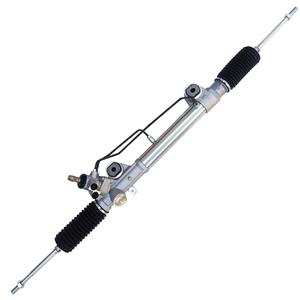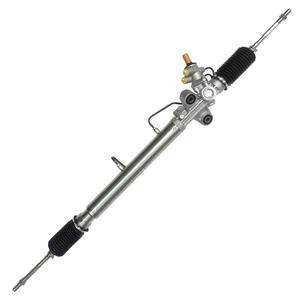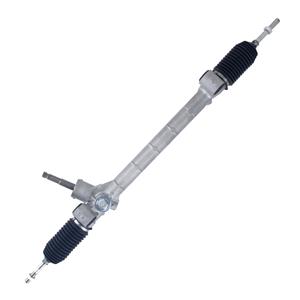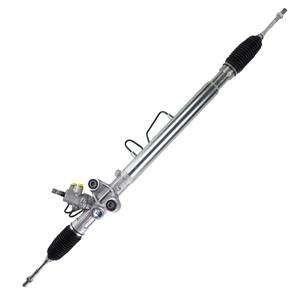How to tell if the electric power steering system is faulty?
As an important technology in modern cars, the electric power steering system makes driving easier and safer for drivers. Compared with the traditional hydraulic power steering system, the electric power steering system uses an electric motor and an electronic controller to adjust the steering assist, reducing maintenance requirements and the risk of oil leakage.
Despite the advanced EPS technology, it is still possible for it to fail, affecting the driving experience and safety. Therefore, knowing how to tell if the electric power steering system is faulty is a skill that every car owner and driver should have.
This article will introduce the working principle of the electric power steering system, common fault types and their manifestations in detail, to help car owners identify faults and take appropriate measures.
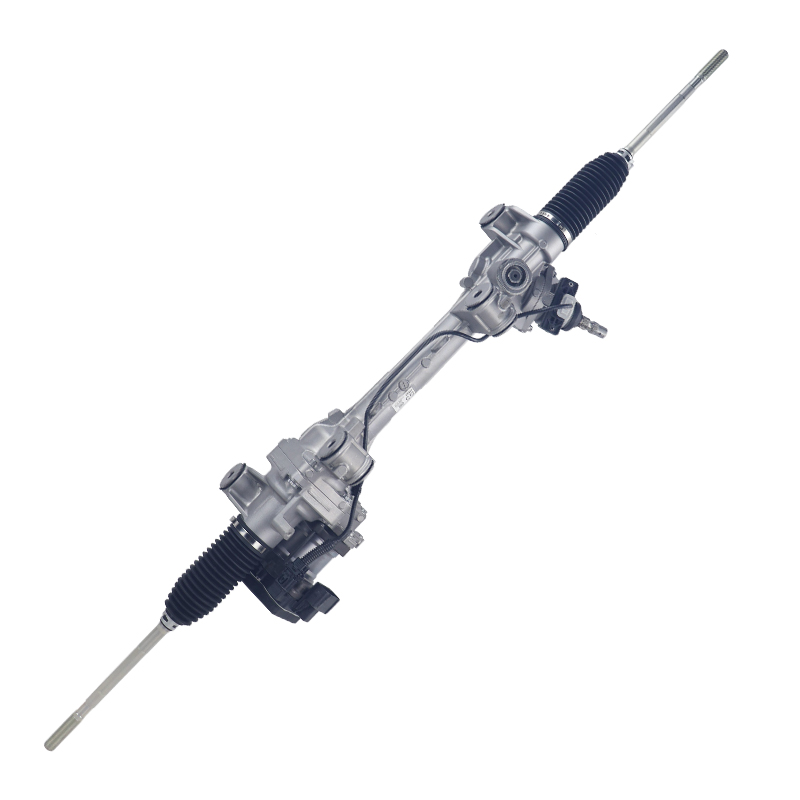
How does the electric power steering system work?
Before starting to analyze how to tell if the electric power steering system is faulty, it is key to understand its working principle. The electric power steering system mainly adjusts the steering assist through electric motors, sensors and electronic control units (ECUs). Specifically:
1. Steering sensor: The sensor monitors the driver's steering input, including the steering wheel's turning angle and speed.
2. Electronic Control Unit (ECU): The ECU calculates the appropriate level of power assistance based on sensor data and provides power assistance by controlling the motor.
3. Motor: The motor is directly connected to the steering gear and reduces the amount of force required by the driver to turn the steering wheel by providing additional torque.
The electric power steering system works together through the above key components to provide smooth and controllable steering assistance. However, any problem with any of these components may cause system failure.

What are the manifestations of electric power steering system failure?
Once the electric power steering system has a problem, it usually manifests itself in different symptoms. The following are several common manifestations:
The steering wheel becomes abnormally heavy
When the electric power steering system fails, the driver may immediately feel that the steering wheel becomes very heavy, especially when driving at low speed or parking. This phenomenon is particularly obvious. This is because the motor cannot provide enough power assistance, and the driver has to rely on his own strength to turn the steering wheel.
Possible causes:
● Motor failure: The motor may be damaged or failed and cannot operate normally.
● Circuit failure: The power supply line of the motor may be disconnected, causing the motor to fail to work.
● Sensor failure: If the steering angle sensor or torque sensor fails, the system cannot correctly determine how much power assistance is needed, resulting in insufficient power assistance.
Unstable steering assistance
During driving, the driver may feel that the power assistance system works sometimes and sometimes not. In some cases, steering is very easy, but suddenly it becomes difficult to turn. This phenomenon indicates that the electric power steering system has an intermittent failure.
Possible causes:
● Motor overheating: When the motor is overworked or the heat is not well dissipated, it may temporarily stop working due to excessive temperature and return to normal after cooling.
● Electronic control unit (ECU) failure: The ECU is responsible for managing the operation of the power assistance system. If the ECU fails, it may cause the power assistance system to not work continuously and stably.
Warning light is on
Modern cars usually have a dedicated steering system warning light on the dashboard. If there is a problem with the electric power steering system, the warning light will usually light up to alert the driver to the system failure. This warning is usually accompanied by other steering problems, such as a heavy steering wheel or loss of power assistance.
Possible causes:
● Sensor failure: One of the most common reasons for the warning light to light up is a failure of the steering angle sensor or torque sensor.
● Electrical failure: If the battery voltage is low, the control module is wrong or the line contact is poor, the system will issue a warning.
Steering wheel vibration or abnormal noise
A faulty electric power steering system sometimes causes slight vibration or abnormal noise in the steering wheel, especially when turning the steering wheel. The driver may hear a "buzzing" sound from the motor or feel a slight jamming of the mechanical parts.
Possible causes:
● Motor or gear wear: If the gears of the motor or steering rack are worn excessively, it may cause the steering wheel to vibrate or make abnormal noises.
● Control system error: Incorrect current or torque signals may cause uneven power assistance, which in turn causes slight vibrations.
Steering failure
Steering failure is one of the most serious manifestations of electric power steering system failures. In this case, the steering wheel almost completely loses its power assistance function, and the driver has to rely on a lot of force to control the vehicle, which is a great threat to driving safety.
Possible causes:
● Comprehensive electrical system failure: If the power supply or control system of the electric power steering system fails completely, the power assistance function will be completely lost.
● Serious ECU failure: An irreparable failure of the control unit may cause the entire system to fail.
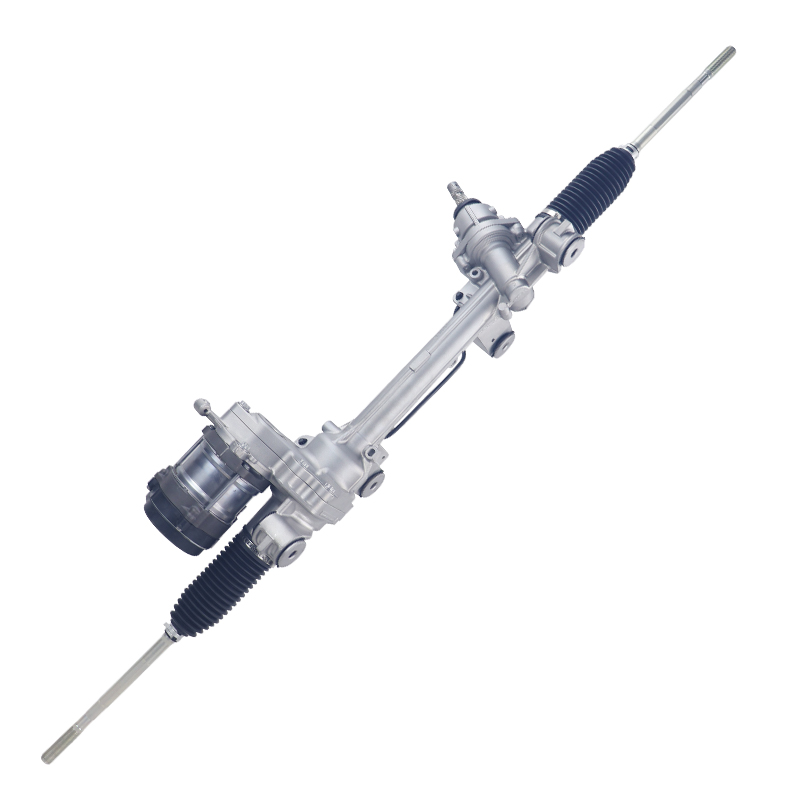
Specific reasons for the failure of the electric power steering system
When the electric power steering system fails, the reason behind it is usually a problem in the electrical system, mechanical parts or electronic components. Here are a few common reasons that may cause the electric power steering system to fail:
Battery voltage problem
The electric power steering system relies on the vehicle's battery and electrical system for power. If the battery voltage is insufficient, the electric power steering system may not work properly, resulting in insufficient power assistance or a complete loss of power assistance. Low voltage usually occurs when the battery is aged or the charging system fails.
Sensor failure
The electric power steering system relies on sensors to monitor the driver's operation and adjust the power assistance level. Common sensors include steering angle sensors and torque sensors. If these sensors fail, the system cannot correctly judge the driver's steering needs and the power assistance system may fail.
Motor overheating
The motor in the electric power steering system is the core component that provides steering assistance. If the motor is under high load for a long time, it may temporarily stop working due to overheating until the temperature drops to a safe level. Motor overheating may be related to poor heat dissipation or wear of internal components.
Control unit (ECU) failure
The ECU is responsible for controlling and coordinating the work of the electric power steering system. Any software or hardware failure in the ECU will affect the normal operation of the system. Software errors, firmware upgrade failures, or hardware damage can cause the electric power steering system to not work.
Wiring problems
The electric power steering system relies on complex electrical wiring. If the wiring is shorted, broken, or poorly connected, the motor may not receive enough power, causing the system to fail. Wiring faults may also trigger the warning light to light up.
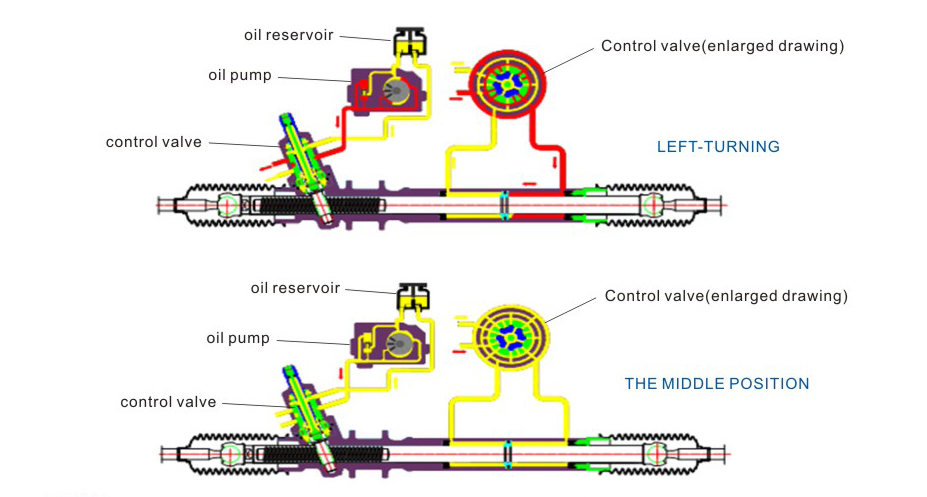
How to determine if the electric power steering system is faulty?
When the electric power steering system is suspected to be faulty, the owner can take the following measures to check and deal with it:
Check the battery and electrical system
First, check the battery voltage and charging system of the vehicle. If the battery voltage is too low or there is a problem with the charging system, it may cause the electric power steering system to not work properly. Regularly replacing aging batteries and ensuring that the charging system is functioning properly can avoid some electric power steering problems.
Observe the warning light
If the steering system warning light on the dashboard is on, the owner should pay attention immediately. The warning light means that there is a potential problem inside the system. Going to the maintenance point for professional diagnosis in time can prevent the problem from getting worse.
Monitor the steering feel
The owner should pay close attention to the changes in the steering assist during daily driving. If you find that the steering wheel becomes heavy, the power steering is unstable or there is an abnormal noise, you should check the system as soon as possible to avoid failure of the power steering system.
Perform regular maintenance
Although the electric power steering system requires less maintenance than the traditional hydraulic power steering system, regular electrical system inspections and software updates are still necessary. Car owners can have technicians check the status of the motor, sensor and control unit during regular maintenance to ensure that the electric power steering system is functioning properly.
Seek professional repair services
The diagnosis and repair of electric power steering system failures often require professional equipment and technology. Car owners should go to authorized repair centers or professional car dealers for inspection and repair in a timely manner to avoid trying to repair complex electrical problems on their own.
Why Choose DKM for Your Steering Gear Needs?
Guangdong Diamond Auto Parts Co., Ltd. (DKM) is a renowned manufacturer of power steering gears that has been serving global markets for over two decades. We offer high-quality steering systems for car models like Toyota, Honda, Mitsubishi, and more. Our competitive pricing, customization options, and robust manufacturing capabilities make us a top choice for buyers worldwide. If you're looking to purchase steering gears in bulk, DKM provides affordable rates, flexible ordering options, and prompt delivery. We also offer promotions and special discounts for large orders. Get in touch with us for a quote or to learn more about our products and services.

